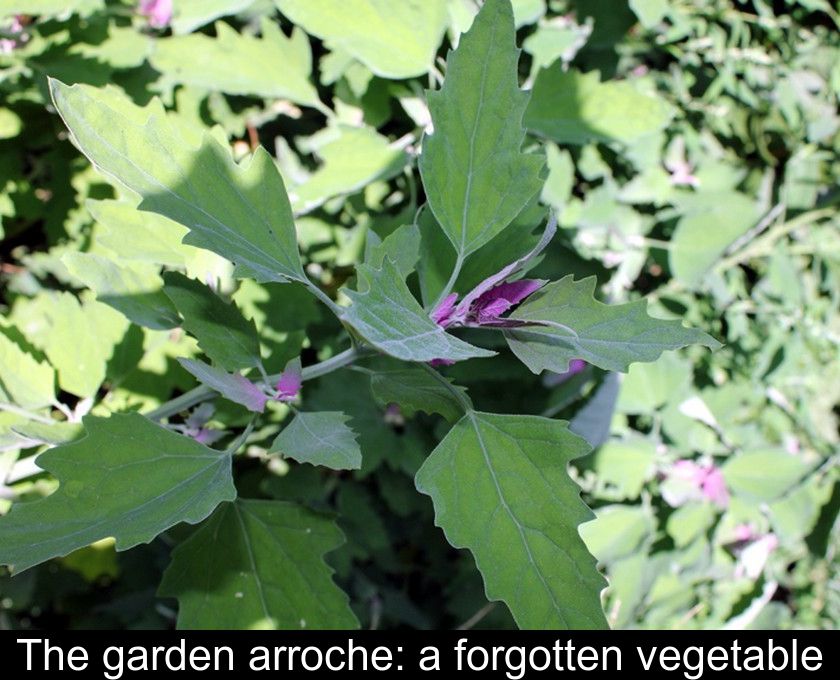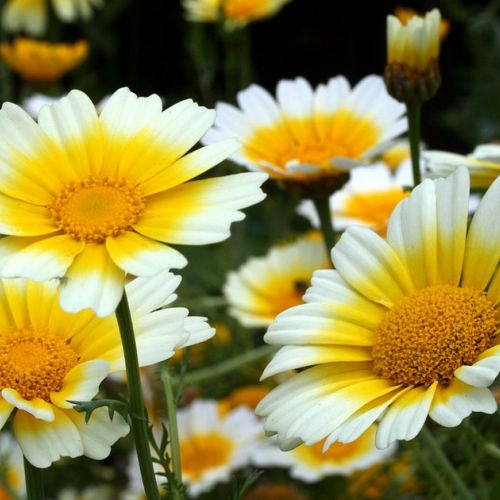The Garden Arroche: A Forgotten Vegetable
Widely cultivated from the Middle Ages to the 19th century for its nutritional virtues, the garden arroche has since fallen into oblivion. We suggest you rediscover this forgotten vegetable which is easy to grow and can be eaten raw or cooked like spinach.
What is this edible plant?
The arrow formerly known as the Good Lady of the Gardens is an annual herbaceous plant in the same family as spinach. Its botanical name is Atriplex hortensis.
In the vegetable garden, it is grown for its edible leaves, which come in multiple colors: green, red, yellow, pink and even purple!
Its cultivation was very common from the Middle Ages until the 19th century as long as it is easy to sow this plant. It was then replaced by spinach popularized in France in the 17th century.
Don't hesitate to sow a few seeds and make a place for it in your vegetable garden to enjoy its many benefits in the kitchen.
You can even use this large-leafed plant as a sunshade to shade your garden and protect fragile plants.
How to do the seedlings?
Growing garden arrowroot is not difficult. The Good Lady of the Gardens is a rather hardy plant of rapid growth. It thrives in sun but also accepts part shade.
Its sowing is easy to succeed since it can be sown in place from March, preferably in fresh, humus-rich soil. You have until the end of September to sow some seeds if you feel like rediscovering this forgotten vegetable.
Simply make a furrow about 1 cm deep, place the seeds in bunches of three and cover them with finely crumbled soil.
The seeds will sprout in about 10 days. When your plants have four leaves, thin out the rows to 40 cm in all directions.
You won't have to wait long to taste it because it is possible to harvest its leaves after only 5 to 7 weeks. Don't wait for the flower buds to appear as the leaves then become harder.
Since it is possible to sow this plant until the end of September, consider staggering your sowings over time to extend the duration of your harvest and enjoy from spring until the first frost.
How to maintain it?
The garden arroche is an undemanding plant but will appreciate hoeing and watering during the summer.
Remember to shade its foot to keep it cool. This plant does not tolerate Drought or temperatures above 30°C.
Watch out for snails, slugs and aphids that can attack this leafy vegetable. You can protect your plants from gastropods with a cordon of ash or crushed eggshell.
If this vegetable plant is happy in your garden, it will reseed itself from year to year.
However, at harvest time, it is advisable to remove the flowering stems to encourage the appearance of new leaves.
Remove tender leaves in the morning as you need them, just before eating. Like other varieties of lettuce, these leaves are fragile and do not keep well.
How to use it in the kitchen?
The leaves of the garden arroche are eaten in the same way as spinach shoots.
You can eat them raw in a salad and enjoy their taste very similar to spinach.
You can also cook them simply in water or browned in butter.
Finally, you can incorporate them into your recipes for savory preparations such as quiches and gratins.
What are its properties?
This ancient plant was once cultivated for its health benefits. It contains iron, magnesium, calcium, Vitamin c and phosphorus.
In addition, its leaves were once used to make poultices to treat skin diseases and to make vegetable dye.
Atriplex hortensis is among the ancient territorial plants: it was used to make a blue dye comparable to indigo or a red dye for the red-leafed variety.









